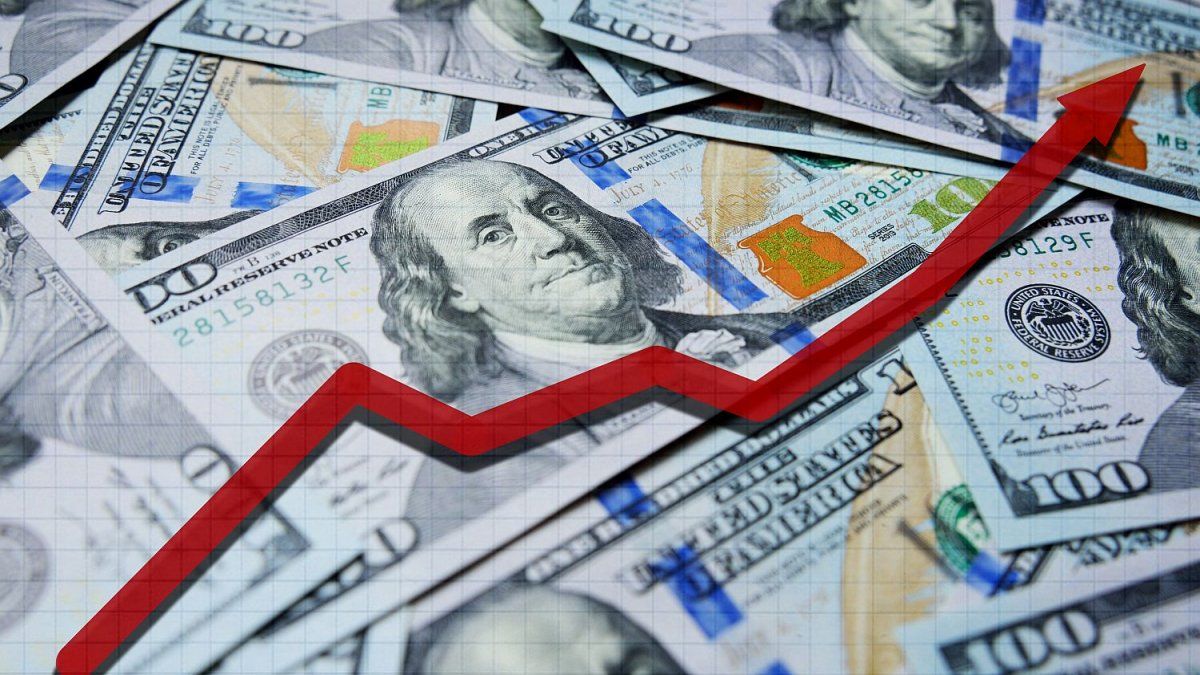The dollar remains at its highest point in 10 months. This increase maintains to the euro Yet the pound sterling to six-month lows, while the yen remains in intervention territory, all due to interest rate outlook highest in the US that captured the attention of the financial markets.
US Treasury bonds lmanaged to stabilize after intense sales in recent daysalthough its yields remain close to the maximums of 16 yearswhich provided solid support to the dollar.
The euro fell 0.3% to $1.0534, its lowest level since March 15. The single currency is heading for a loss of more than 3% in the quarter ending in Septembermarking its worst quarterly performance in a year.
Simultaneously, the pound sterling fell 0.2%falling to $1.2134, reaching its lowest since March 17, and heading for a quarterly decline of more than 4%.
The index dollarwhich measures the strength of the greenback against a basket of other major currencies, reached a 10-month high of 106.49 units.
“It is now clear that the markets They anticipate higher long-term yields in the United States for a longer period. This is the main driver of the dollar,” he explained Dane Cekov, currency strategist at Nordea. “It has been a long time since we have seen 10-year yields of 4.5%”.
In recent days, Federal Reserve authorities have indicated the possibility of raising rates, after keeping them stable last weekbut toughening its restrictive stance on monetary policy.
This has led to Treasury yields hitting multi-year highs.as money markets have adjusted their expectations about how much rates could rise in the United States and how long monetary conditions could remain tighter than initially anticipated.
These high US yields have weighed on the yen, which falls to an 11-month low of 149.25 per dollar. The dollar/yen parity tends to be extremely sensitive to changes in long-term Treasury bond yieldsespecially at 10 years.
Dollar: how does it impact Argentina?
The first consequence of a strong dollar is the depreciation of emerging currencies. The dollar has an inverse relationship, in the long term, with the price of commodities, so it can be expected that they will be worth less measured in dollars. This would have an impact direct on commodity producing countrieslike Argentina.
When the dollar gains momentum, lThe most affected are usually emerging countrieswhose stock markets tend to fall when the dollar rebounds and gain when it falls.
For example, The strength of the dollar preceded the Mexican debt crisis of 1982 and the so-called “Tequila crisis” of 1994, also in Mexico, as well as the Asian and Russian debt and currency collapses of 1997-98, which also heralded a period of profound underperformance of emerging market stocks relative to developed markets.
The more the dollar rises, the more difficult it is for many emerging countries to finance their imports and pay interest on their debts in dollars, which affects growth and undermines investor confidence in assets priced in their local currencies. On the other hand, raw materials, the main source of dollars for Argentina, They tend to perform better when the world’s dollar is at its weakest.
This is because most commodities, except cocoa, are priced in dollars, so if the dollar rises, the product becomes more expensive to buy in local currency terms, which can dampen demandthe experts clarify.
Source: Ambito
I am a 24-year-old writer and journalist who has been working in the news industry for the past two years. I write primarily about market news, so if you’re looking for insights into what’s going on in the stock market or economic indicators, you’ve come to the right place. I also dabble in writing articles on lifestyle trends and pop culture news.




